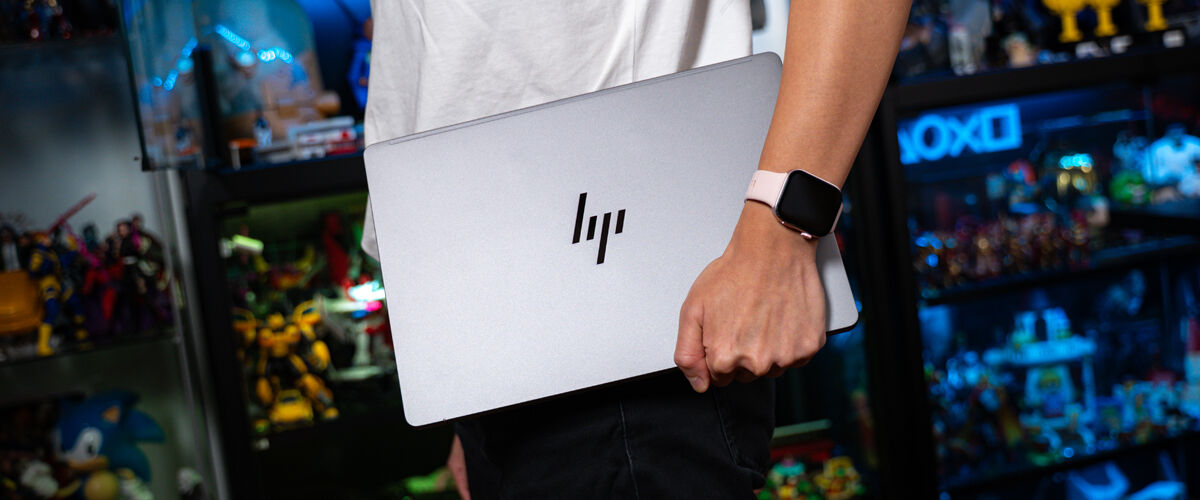Heavy-duty creative work may be ideally done on desktops, but for individuals who lack the space or are always on the move, mobile workstations present the next best option. The Apple MacBook is proof that performance can exist in a portable form factor, and as the landscape continues to welcome other Windows and platform-agnostic alternatives, HP looks set to elevate the experience with an extra dollop of AI (artificial intelligence) power.
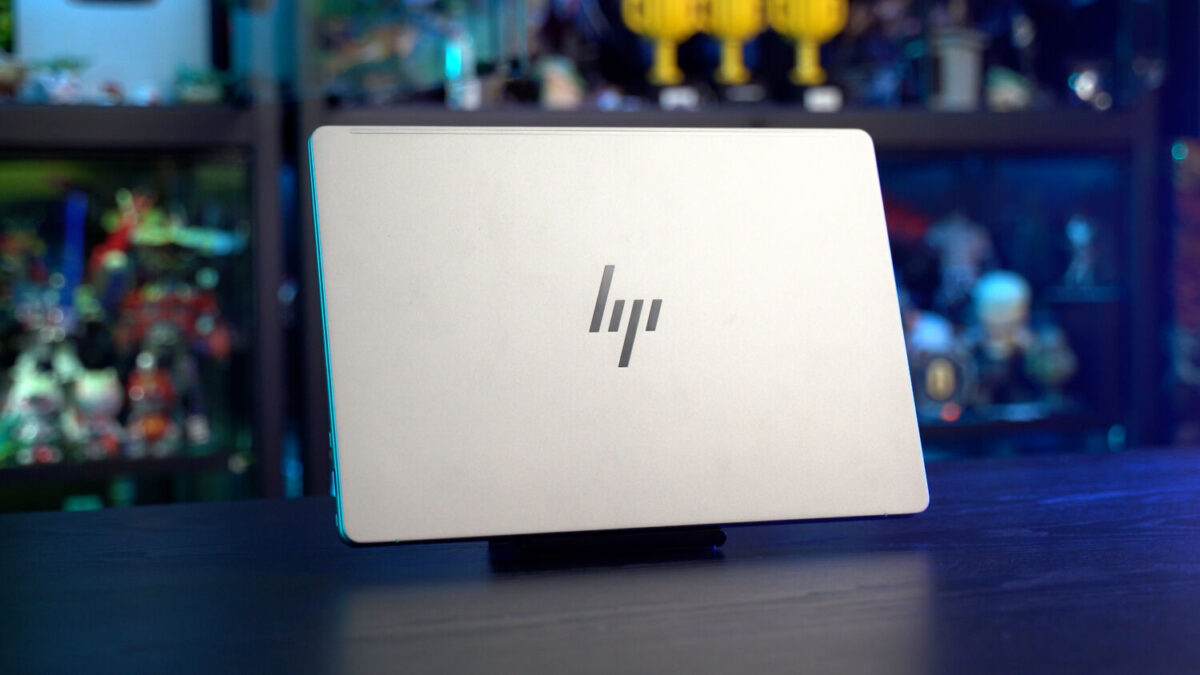
Building on the company’s existing AI expertise is the HP ZBook Ultra G1a, a flagship machine designed to handle the highest of demands across different professional fields. For architects, engineers, and product designers, the device is the first of its kind to support GPU-accelerated 3D visualisation, as opposed to the standard 2D / 3D computer-aided design, or CAD for short, and modelling processes, packing enough muscle to rival – or even outpace – gaming laptops. It’s an impressive piece of hardware that excels in all accounts, from productivity to workflow multitasking, bogged down by minor nigglings, and most notably, a premium asking price.
While the beefed-up capabilities might suggest otherwise, the HP ZBook Ultra G1a is purpose-built for work first, and everything else, including play, second. It retains echoes of existing aesthetic stylings, such as a sleek silver finish, a minimalist chrome logo on the lid, and a lean magnesium alloy chassis, which comes up to 31.22 x 21.55 x 1.85 cm and 1.50kg, the lightest in the family thus far.
In comparison, 2024’s M4-powered Apple MacBook Pro 14 weighs 1.55kg and measures 31.26 x 22.12 x 1.55 cm, whereas the ASUS ProArt PX13 tips the scales at 1.38kg, and sits at 29.82 x 20.99 x 1.58 cm, depending on configuration.
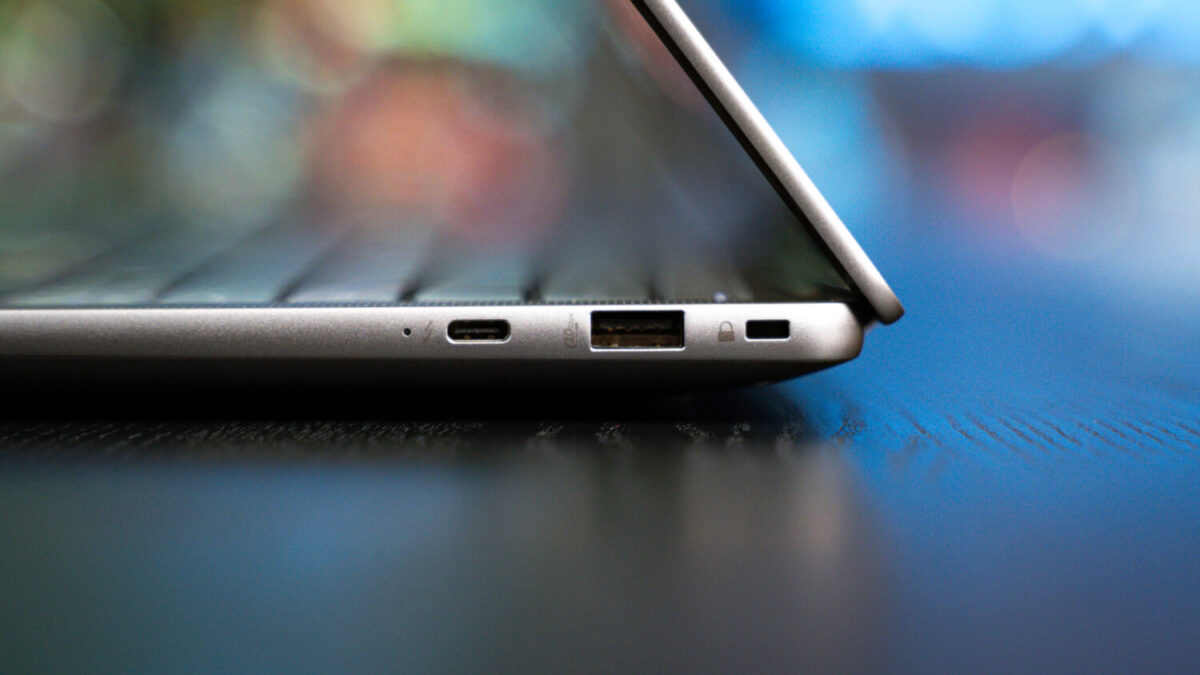
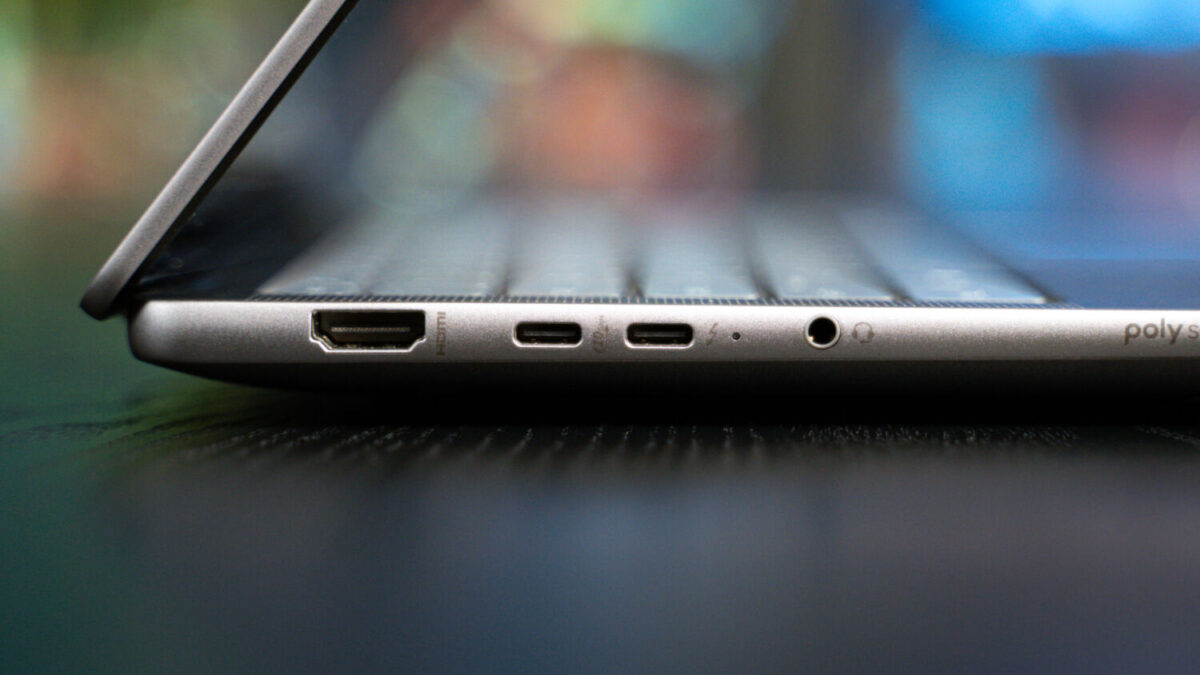
As a creator offering, users can expect a generous array of connectivity options. A 3.5mm audio combo jack lines the left side, alongside an HDMI 2.1 port, a USB-C port (10Gbps), and on the right, a USB-C port with support for Thunderbolt 4, power delivery, and DisplayPort 2.1, joining another USB 4 Type-C port, a USB-A port, and a security lock slot. The lack of an SD card reader is a little puzzling, though hardly a dealbreaker – hooking an external USB hub or multi-port adapter to the HP ZBook Ultra G1a will get the job done.
The review unit features a glossy 14-inch OLED touchscreen with 2.8K resolution (2,800 x 1,800 pixels) and a 120Hz refresh rate, but there is also a standard model offering WUXGA resolution (1,920 x 1,200) and non-touchscreen capabilities. No matter the pick, the ultraportable delivers on colour accuracy – an unnegotiable prerequisite for creative work – and image quality, taking the form of vivid, rich hues, deep blacks, and strong contrast.
Elsewhere on the display are slim bezels, held together by solid yet smooth hinges that can be tilted back to almost 180 degrees, just shy of a total lay-flat design. The sturdy top cover shows no signs of flex when pressure is applied, and like other models with similar surfaces, it proves susceptible to fingerprints and oil smears, making regular cleaning a necessity. When open, the touch panel registers input easily, complementing a comfortably spaced keyboard – albeit with mushier keys – and a responsive mousepad for screen navigation and interaction.
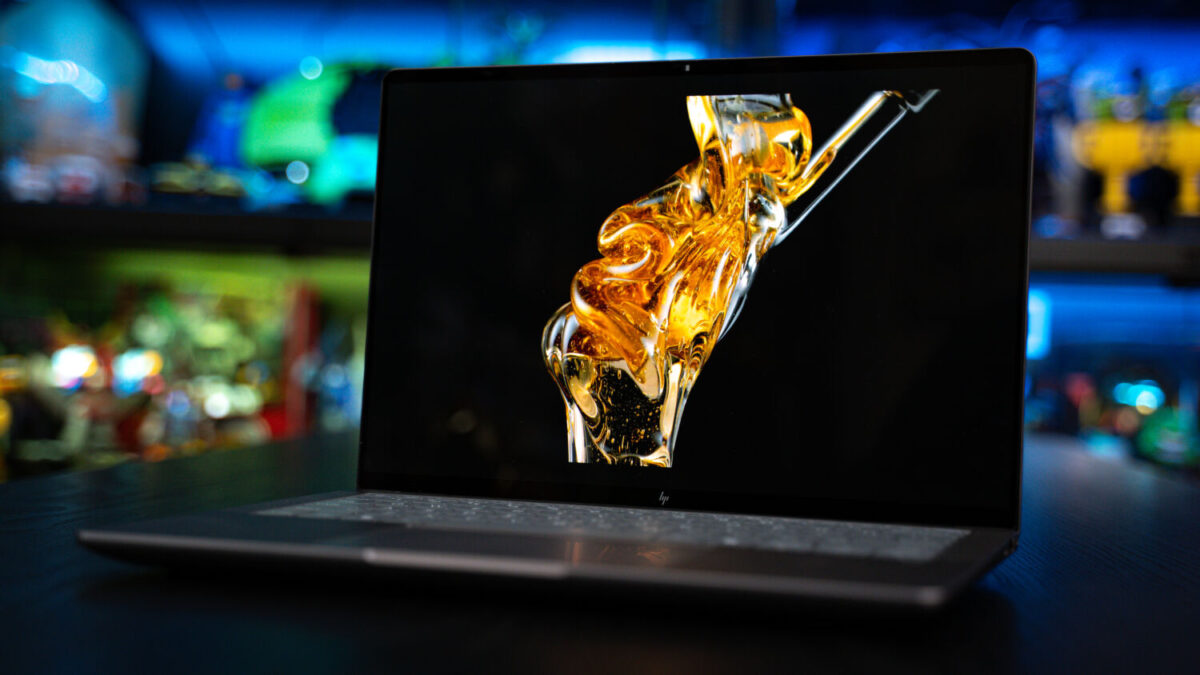
Under the hood, the HP ZBook Ultra G1a marks a departure from Intel tradition as this workhorse is powered by AMD, outfitted by its most ambitious 16-core Ryzen AI Max+ Pro 395 processor that packs CPU, GPU, and NPU prowess all into a single chip. Running on the tech giant’s new Strix Halo architecture, the silicon brings 50 TOPS of AI computational power to nine available configurations, starting with the base Ryzen AI Max 385 model. The hardware is further supplemented with 512GB of storage, upgradeable to 4TB, and 128GB of unified memory supporting lightning-fast transfer speeds of up to 8,000 MT/s.
What’s more noteworthy, however, is the ability to allocate 96GB of that RAM for a performance boost in handling GPU-intensive tasks, which carried over neatly to real-world use and benchmarking tests. In PCMark 10, the 14-incher scored 5,435 across the categories of Essentials (7,839), Productivity (6,436), and Digital Content Creation (8,636) when unplugged, falling barely short of 5,437 when plugged in, gathered from the following figures:
- Essentials: 7,278
- Productivity: 6,594
- Digital Content Creation: 9,089
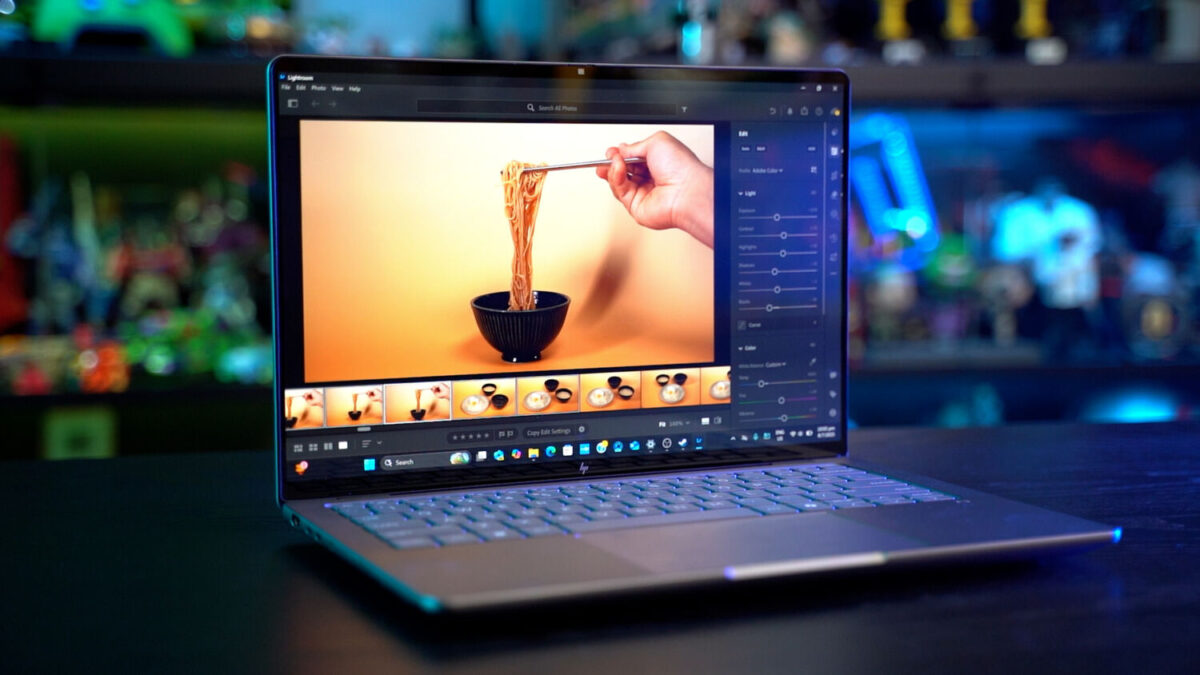
The narrow difference is remarkable, considering how performance is often heavily throttled in the unplugged state. Here, editing pictures in Adobe Lightroom and creating a YouTube thumbnail in Photoshop, one after another, culminated in a smooth experience, even with Premiere Pro exporting a video in the background, displaying no hints of lag when jumping between all three software.
Number-crunching paints a better picture of its beefy performance – exporting a 650-minute video at 4K resolution took seven minutes and eight seconds when unplugged, versus five minutes and 53 seconds while connected to a power source, which are impressive timings that remain a dream for most other similar models.
Casual gaming won’t be an issue, either, with both Hades II and Shinobi: Age of Vengeance running seamlessly at the highest settings and clocking a consistent 55-or-so frames per second (FPS) for stutter-free gameplay, with a slight drop in FPS in its unplugged state. Coupled with the vibrant, crisp display, playtime is always a good time.
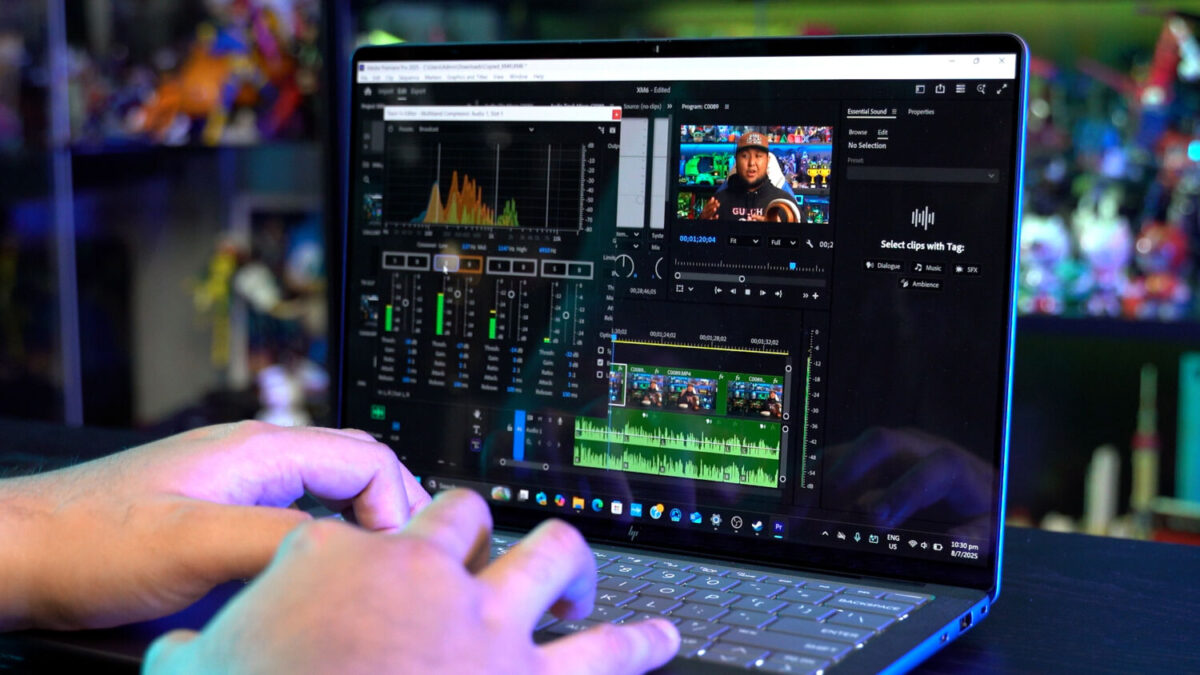
A common issue with laptops is thermal management, and the HP ZBook Ultra G1a is no exception. It comes equipped with dual-turbo high-density fans and HP Vaporforce Thermals technology, but still runs hot under heavy loads, especially over prolonged periods. The warmth is mostly concentrated around the top half of the keyboard and can be felt on the fingertips fairly quickly, though never to the point of discomfort. Leave it out for a few minutes, and it’s back to business as usual without the toastiness.
As an AI-powered workstation, a selection of AI tools will be available out of the box, including HP’s own AI Companion, the entire Microsoft Copilot+ suite of applications, and proprietary AMD software such as Topaz Labs, used to enhance photos and video, and AI art and video generator Amuse. These features are accompanied by standard, pre-loaded applications like HP Audio, HP Support Assistant, Poly Camera Pro, Insights, and more, spanning over 10 programmes that some may find a little too excessive or bloated.
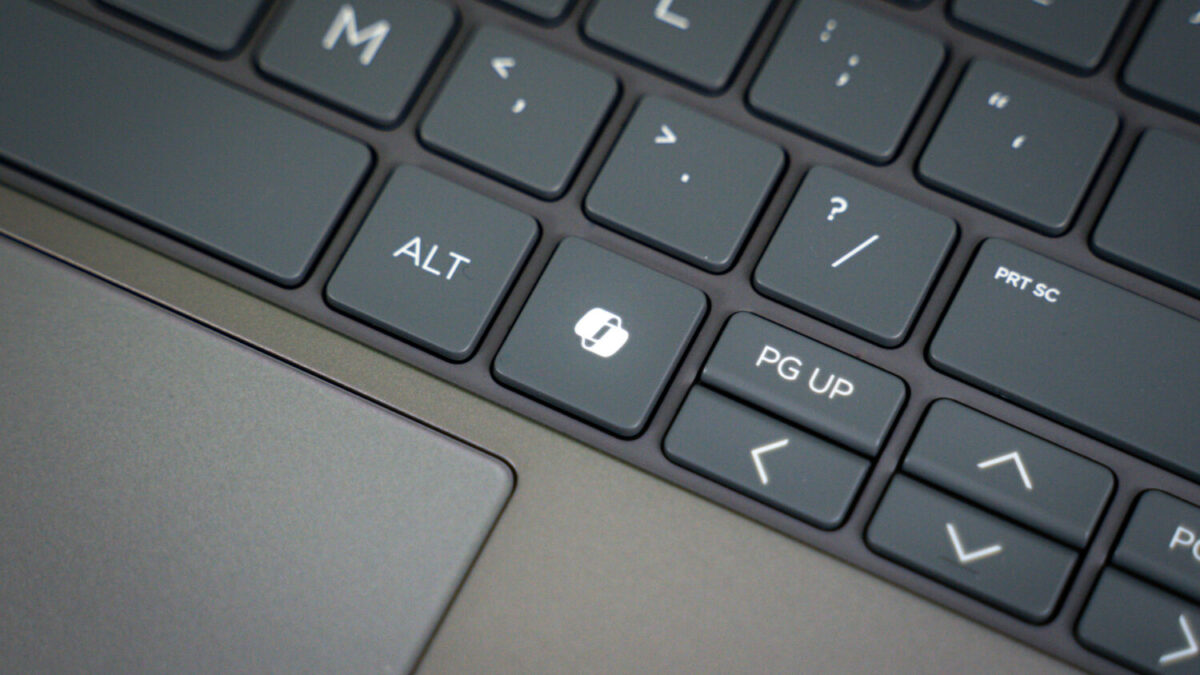
Performance comes at a cost, however. While the HP ZBook Ultra G1a is a lean, mean productivity machine, the Ryzen AI Max+ Pro 395 proves to be a power-hungry chip that reduces battery life. Putting it through web surfing, communication apps, YouTube videos, and Google Docs clocked around seven hours of runtime – enough for a typical nine-to-five workday, but nothing to shout about, especially when compared to recent MacBook models and ultraportable competitors like the Asus ProArt PX13. Here’s the good news – it charges quickly, reaching around 75 per cent from zero in under an hour.
Other notable features of the HP ZBook Ultra G1a include HP Wolf Pro Security, a TPM 2.0 embedded security chip, MIL-STD-810H standard toughness, achieved by passing all 21 durability tests, and a 5MP infrared webcam that exhibits slight colour distortion and noise. Altogether, it offers all-around functionality and marks a successful, ambitious foray for HP into the AMD Ryzen AI Max+ Pro space by marrying desktop-level performance with portability.
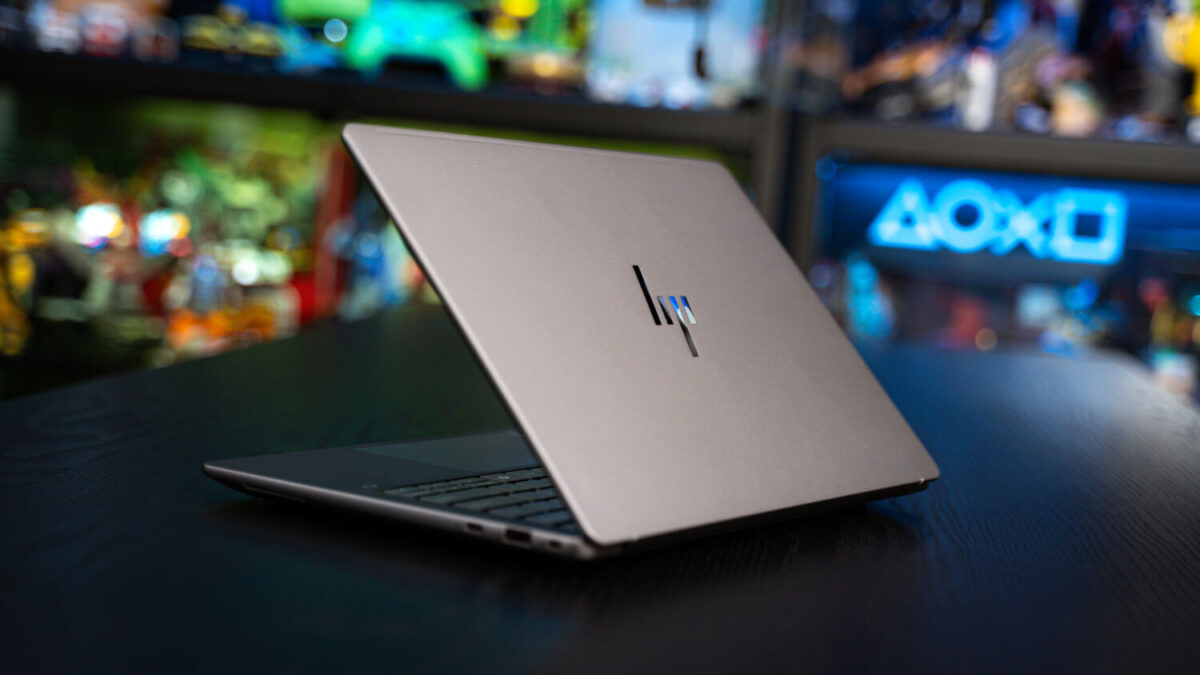
It’s a pity, then, that its starting price can be a bit steep for the everyday Joe. At S$2,754, the base model costs almost the same as the most powerful MacBook M4 Pro, which retails for S$2,799, and at the expense of battery life, an important consideration for on-the-go work (and play). The laptop is a beast at what it does best, whether it’s CPU-intensive processes, demanding creative work, or general productivity, so those who are willing to shell out the cash and prefer the Windows ecosystem will find plenty to be delighted with. For the casual user unable to harness its full potential, though, there are better value options on the market.
GEEK REVIEW SCORE
Summary
The HP ZBook Ultra G1a punches well above its weight, but the premium price tag dulls its creative-focused appeal and makes it difficult to recommend for the average consumer.
Overall
8.5/10-
Aesthetics - 7.5/10
7.5/10
-
Build Quality - 9/10
9/10
-
Performance - 9.5/10
9.5/10
-
Value - 7.5/10
7.5/10
-
Geek Satisfaction - 9/10
9/10

